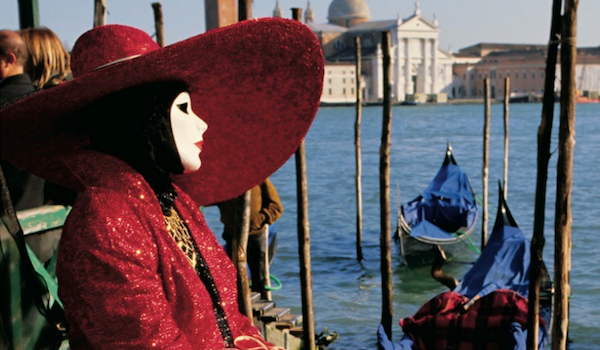
The Venice Carnival
As the colourful Venice Carnival comes to a close this year, we turn to Sarah Jane Downing, who explores the festival's glad rags in Selvedge issue 4...

The Venice Carnival has been likened to Adam showing God that he could recreate the delights of Eden for himself on earth. But long before Christianity claimed the spring festival of renewal as Easter, there were pagan festivals across Europe celebrating the primeval cycle of fecundity, fruitfulness and death.

Many festivals involved masquerade. The leafy Green Man, the brightly beribboned Hobby Horse and Harlequin in his contrasting chequered outfit all played their parts to ensure that the vulnerable time of the change of season passed without incident. The mask would allow the wearer - usually a young unmarried male about to enter into manhood - to take on an alter ego. While anonymous he could transgress society’s rules with impunity, his actions would be ascribed to the mask and not the man.

Venice or Serenissima was an independent sovereign state, the most influential trading port in Europe, and the most cosmopolitan, imbibing influences from the East and West but always a law unto itself. The first mention of the carnival in Venice dates from 1268, but by the 14th century there were already a growing number of edicts prohibiting masqueraders from bearing arms and wearing their masks in churches for fear of moral laxity. Undeterred, by 1608 revellers were so attached to their masks that they had to be ordered to wear them only for the days of the carnival and official banquets...
You can read this article in full in Selvedge issue 4.
